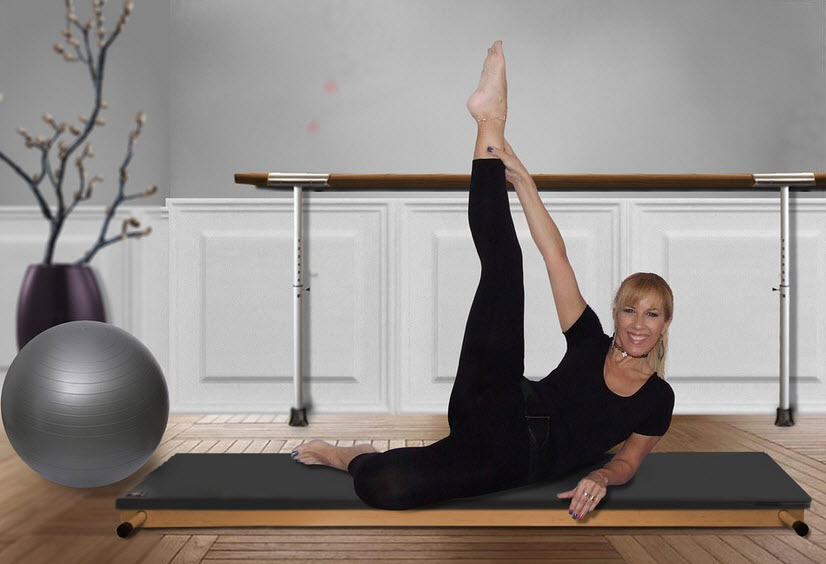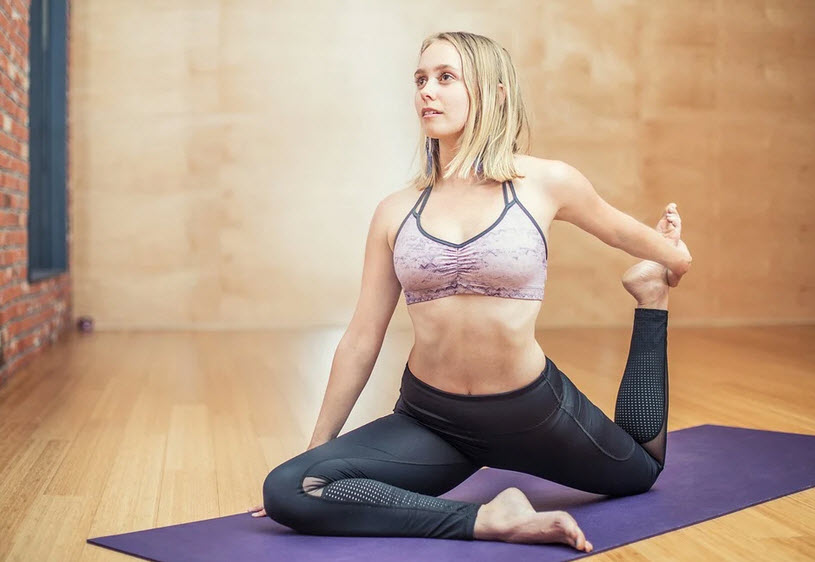
Doing Pilates
Pilates is a system for physical exercises developed by Joseph Pilates in the early 1900s. He called his method Contrology, but today we know it as Pilates. In his book “Return to Life through Contrology”, Joseph Pilates describes his method as the art of controlled movements.
In 1980, Frank Philip Friedman and Gail Eisen published a modern book on Pilates, which helped popularize Pilates during the late 20th and early 21st century. In their book The Pilates Method of Physical and Mental Conditioning, the authors outlined six principles of Pilates: concentration, control, precision, centring, flow, and breathing.
Consistently practising Pilates can help muscle conditioning in adults, improve flexibility and build strength. Rather than simply focusing on muscle building or flexibility, Pilates puts emphasis on aspects such as alignment, coordination, balance and breathing.
The core of the body – consisting of the abdomen, lower and upper back, buttocks, hips, and inner thighs – is referred to as “the powerhouse” and is given special attention in Pilates, since it is believed to be a key for stability throughout the body.
Is it difficult to get started?
No, getting started with Pilates is not difficult, since the Pilates system allows for exercises to be modified to suit the practitioner. A good Pilates trainer will take your individual needs and abilities into account, and show exercises that are suitable for you right now. As your body gradually adapts to the exercises, intensity and difficulty can be increased over time.

Pilates principles
Several different versions of Pilates are thought today. A majority of them rely on the principles listed below, although not necessarily on all nine of them.
Concentration
Concentration is an important aspect of Pilates. It is important to focus on each movement.
Control
Joseph Pilates called his method “Contrology” since he placed such a strong emphasis on muscle control. In Pilates, all exercises are carried out in a controlled fashion.
Precision
Precision is essential to Pilates, and using focus and control to carry out a movement with precision once is considered better than making several imperfect movements.
Flow
Pilates strives for flow – the elegant economy of movement. Concentration, control and precision will work together to allow for a flow of movement, where different exercises flow into eath others through proper transitions.
Centering
Collectively, the abdomen, lower and upper back, buttocks, hips, and inner thighs are known as the “powerhouse” in Pilates and seen as the body´s natural centre from which all movements of the extremities should be coordinated. The powerhouse is the centre, and centring is essential to Pilates. Movements should originate in the centre and move outwards from there.
Breathing
In his Return to Life through Contrology, Joseph Pilates calls attention to the benefits of correct breathing and how it is a method for “bodily house-cleaning with blood circulation”.
According to Mr Pilates, there is considerable value in increasing the intake of oxygen och also increasing the circulation of this oxygen throughout the body.
To this end, Pilates promoted what he considered to be full inhalation and complete exhalation.
During Pilates exercises, the practitioner is encouraged to breathe out with the effort and in on the return, breathing deep into the back and sides of the rib cage. During the exhale, the practitioner is encouraged to pay attention to their deep abdominal and pelvic floor muscles.
Postural alignment
Maintaining the recommended posture decreases the risk of muscle imbalances and helps with coordination.
Relaxation
Relaxation can be a key to attaining the right mental concentration and muscle movements.
Stamina
Increased precision will make the motion more efficient. This makes each motion feel less strenuous to carry out.